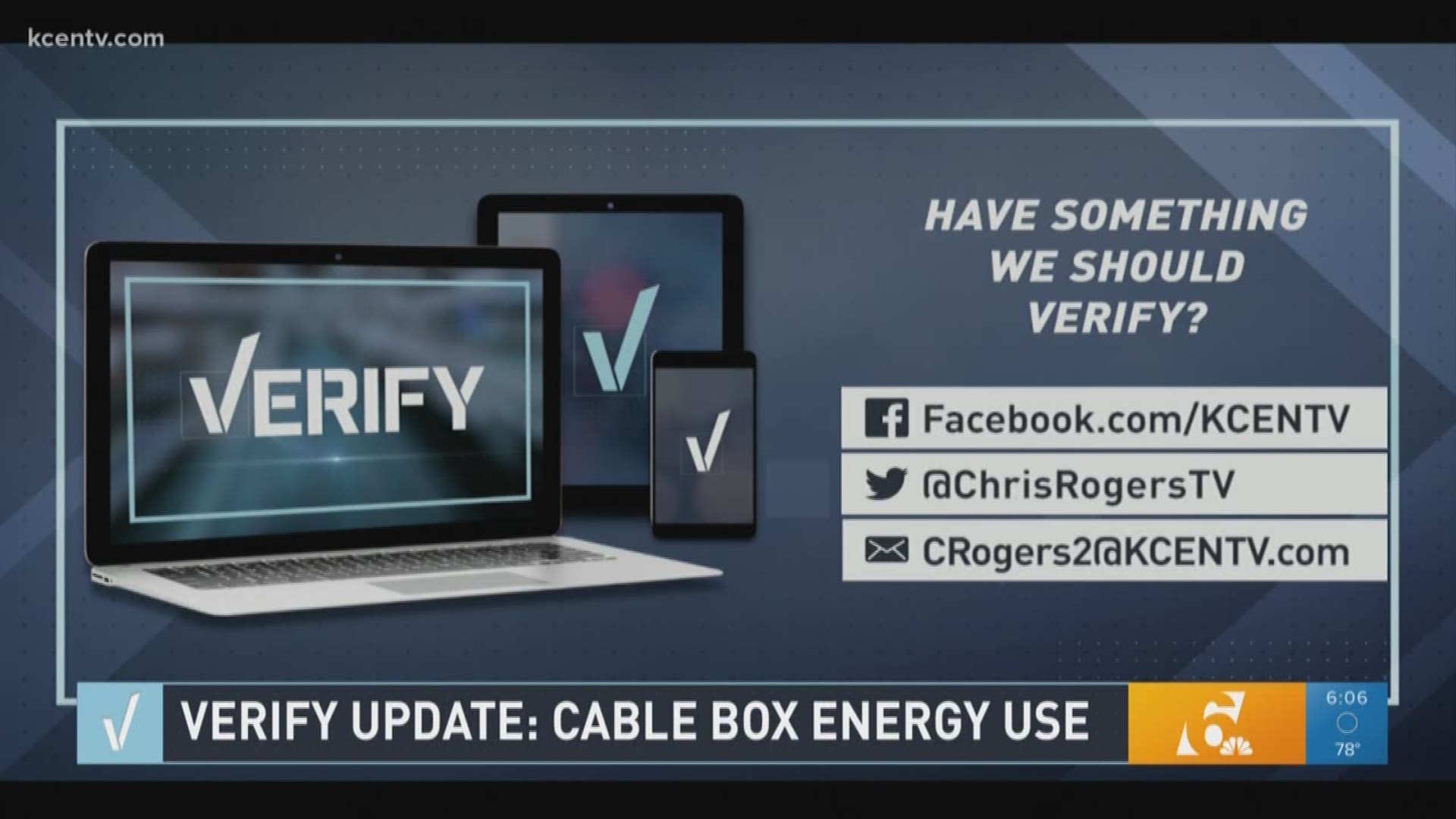After our story was published on August 7, the Natural Resources Defense Council published a report on August 9 citing a 2017 report by the Steering Committee that oversees a 2012 agreement between major service providers and set-top box makers. The voluntary agreement set limits on how much annual energy each type of box purchased by the service providers can consume.
Since the agreement was put in place, the Steering Committee found 3.5-billion dollars in total consumer energy bill savings over the past five years, according to the NRDC report. The Steering Committee has released an annual report every year since 2013.
Our report on August 7 was based on a 2011 study by the NRDC that found the number of boxes in homes across the country was costing users a net power bill of about 3-billion dollars per year. That study led to the 2012 agreement and the creation of the Steering Committee, which includes the NRDC and the American Council for an Energy Efficient Economy .
Despite the progress made, the NRDC reports even the newer, more efficient set-top boxes introduced in recent years still consume near full power even when they are not in use.
Here's why -- your set-top box is designed to be ready to go at a moment's notice. Whether you're coming home from work and tuning into the local news, or flipping on some Saturday morning cartoons for the kids, your set comes to life instantly.
That means for the majority of boxes, the boxes are never going idle, or switching over to a power saving mode. The study found that your cable box, in most cases, is the second biggest energy vampire in your home. Only your air conditioner uses more power.
The NRDC reports industry leaders are working to develop new products that have lower standby power levels and turn back on quickly when the user hits the power button.
So, while it's clear the top cable and satellite providers are working to decrease the amount of energy set-top boxes use, we can Verify that your cable box is still a pretty big energy consumer.

